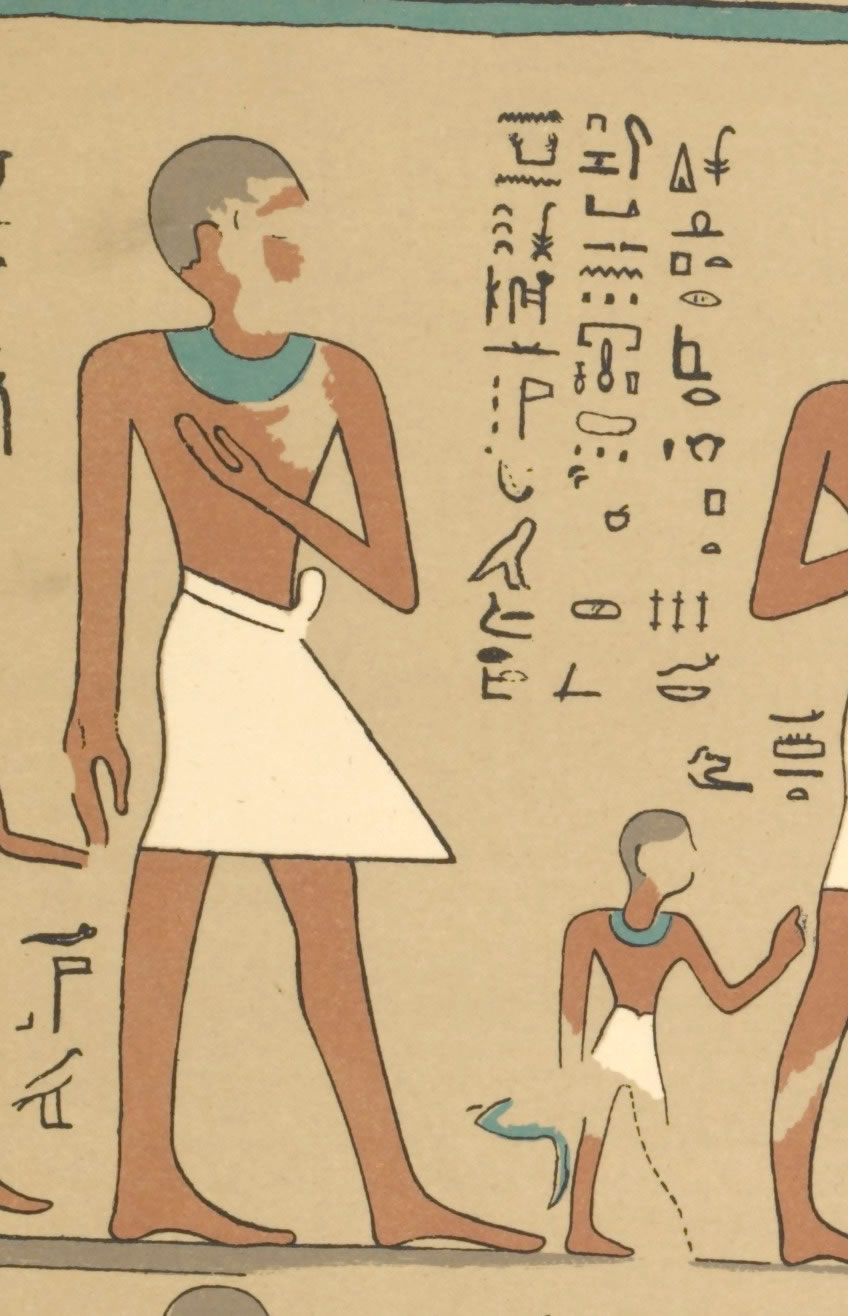Sedjemnetjeru on:
[Wikipedia]
[Google]
[Amazon]
 Sedjemnetjeru was an ancient Egyptian artist who worked and lived in the
Sedjemnetjeru was an ancient Egyptian artist who worked and lived in the
Sedjemnetjeru on ''Persons and Names of the Middle Kingdom''
 Sedjemnetjeru was an ancient Egyptian artist who worked and lived in the
Sedjemnetjeru was an ancient Egyptian artist who worked and lived in the Second Intermediate Period
The Second Intermediate Period marks a period when ancient Egypt fell into disarray for a second time, between the end of the Middle Kingdom and the start of the New Kingdom. The concept of a "Second Intermediate Period" was coined in 1942 by ...
(about 1650 BC) in Elkab
Elkab, also spelled El-Kab or El Kab, is an Upper Egyptian site on the east bank of the Nile at the mouth of the Wadi Hillal about south of Luxor (ancient Thebes). Elkab was called Nekheb in the Egyptian language ( , Late Coptic: ), a name th ...
and Nekhen
Nekhen ( egy, nḫn, ); in grc, Ἱεράκων πόλις Hierakonpolis ( either: City of the Hawk, or City of the Falcon, a reference to Horus or ''Hierakōn polis'' "Hawk City" in arz, الكوم الأحمر, el-Kōm el-Aḥmar, lit=the ...
. He is one of the very few Ancient Egyptian artists who is known from several inscriptions and whose work is also known. Sedjemnetjeru is depicted in the tomb of Horemkhauef
Horemkhaef was an ancient Egyptian local official who lived in the Second Intermediate Period. He had the titles ''first inspector of priests of Horus from Nekhen'' and ''overseer of fields''. Therefore, he was most likely the main priest at the ...
where he bears the titles ''draughtsman'' and ''great one of the tens of Upper Egypt''. The first title shows that he was an artist and it seems most likely that he painted the decoration in the tomb of Horemkhauef. Sedjemnetjeru is also mentioned in the tomb of the local governor Sobeknakht II
Sobeknakht II was an ancient Egyptian local Governor at El-Kab and a supporter of the Theban 16th or 17th Dynasty during the Second Intermediate Period.
Biography
Not much is known about Sobeknakht's life. He was the son of Sobeknakht I as w ...
and it seems likely that he painted this tomb too. Here he is shown in the procession behind the tomb owner's catafalque
A catafalque is a raised bier, box, or similar platform, often movable, that is used to support the casket, coffin, or body of a dead person during a Christian funeral or memorial service. Following a Roman Catholic Requiem Mass, a catafalque ...
. Here he bears again the titles ''great one of the tens of Upper Egypt'' and ''draughtsman''. Finally, Sedjemnetjeru is also mentioned in the tomb of a certain Hormin, that he most likely decorated too.W. V. Davies, ''The Tomb of a Governor of the Second Intermediate Period'', in: G. Minicai, W. Grajetzki (editors): ''The World of Middle Kingdom Egypt (2000-1550 BC), II'' (Middle Kingdom Studies 2), London 2016, , 75, pl. IX.
Weblink
Sedjemnetjeru on ''Persons and Names of the Middle Kingdom''
References